Results 3,001 to 3,010 of 12096
Thread: Anandtech News
-
06-05-13, 03:00 AM #3001
Anandtech: Outlook 2013 RT Coming Free to Windows RT 8.1 Tablets Later this Year
Microsoft has been pretty quiet at Computex thus far, but today we got a bit of expected news. Outlook 2013 RT will be coming with the free Windows RT 8.1 update later this year for Windows RT tablets. Not having Outlook was a big gate to Windows RT adoption by many business users, making this a much needed move by Microsoft.
Outlook 2013 RT joins Office 2013 RT as very valuable components of the free software package that comes with all Windows RT tablets. By supplying key desktop applications for free, Microsoft not only increases the value of the platform but also drives users towards the Windows Store and modern UI apps for the rest of their needs as the basics are already met.
Despite the presence of Office 2013 on Windows RT, the ARM based platform hasn’t been embraced with tons of success. Many have blamed the lack of backwards compatibility with existing x86 applications, however I have a slightly different perspective. In my eyes, both Windows RT and Windows 8 suffered from the same issues: the OS was rushed. There was very little integration between modern and desktop UI modes and switching between the two was very jarring. Performance issues and bundled app inflexibility also plagued both OSes. With Windows 8.1, Microsoft seems to be addressing many of these items. If the list stops at what Microsoft has already announced, I suspect Windows 8.1 (and RT 8.1) will be evolutionarily better. If Microsoft can take this opportunity to address bigger problems as well (e.g. fixing high-DPI scaling in desktop mode), then Microsoft has a much bigger opportunity ahead of itself.
Windows 8.1 and RT 8.1 have the benefit of launching side much better hardware. While I complained about the performance of Tegra 3 in Surface RT, this generation we’ll see significantly better performance out of Snapdragon 800 based tablets with 8.1 (likely to also include the 2nd generation Surface RT). On the PC side, we finally have Haswell, which should make the next-gen Surface Pro significantly better (although it may take Broadwell to substantially reduce thickness depending on how aggressive Microsoft chooses to be).
As far as why Microsoft remains committed to Windows RT, I think the reasoning is obvious. PCs (and PC-like products) are under incredible pricing pressure. Microsoft’s only plays are to reduce its margins to remain competitive, or to reduce the cost of other components within the platform. Intel remains the only other big consumer of cost in a modern PC - moving to ARM helps change that. Intel does offer lower cost Atom solutions, but it’s clear at this point that Microsoft feels it needs competition in the market in order to continue to keep prices low. In that regard, ARM really is the new AMD.
More...
-
06-05-13, 05:02 AM #3002
Anandtech: Samsung Makes Galaxy S 4 Active Official - IP67 and Ruggedized
It shouldn't be a surprise to anyone at this point, but Samsung has just now made the ruggedized version of the popular Galaxy S 4 official, called Galaxy S 4 Active. The SGS4 Active includes an IP67 rating, which means it's fully sealed against dust (first digit 6 connotes a completely dust sealed design), and submergible up to 1 meter for up to 30 minutes (second digit 7). Samsung notes that the earphone jack is also water resistant so you can continue to listen to music while submerged with the appropriate headsets. Samsung also makes note of an 'Aqua Mode' setting in the camera to enhance audio and saturation when taking photos and video under water.
Superficially the SGS4A is almost the same as the international and other variants of SGS4, however there are a few changes to the phone beyond just a sealed design with IP67 rating. SoC remains the 1.9 GHz Snapdragon 600 (APQ8064AB) we've seen before, the major change is that camera gets a bump down to 8 MP instead of 13 MP, and there's a 1080p LCD display inside instead of Super AMOLED. Camera is likely still using 1.1 micron pixels, just the 8 MP version of the sensor for reduced z-height since LCD is a bit thicker. LCD makes sense here for cost reasons (something has to give) and brightness plus outdoor viewability reasons — AMOLED can go just as bright, but at higher power than the equivalent for LED backlit LCD. The back of the SGS4A seems to be removable given the presence of a thumb groove in the press photos, so ostensibly behind there is the microSD card slot, microSIM slot, and likely still user-replaceable battery. It's also obvious from the photos that the SGS4A includes physical menu, home, and back buttons instead of the still somewhat odd combination of both physical and capacitive on SGS4.
I have to admit that I like the design and appearance of the SGS4A in these press photos a heck of a lot more than the non-active SGS4, even if the SGS4A puts on a few mm around the edges and is heftier. I've put together a table with the comparisons.
There's no official information on pricing, but Samsung gives availability as 'this summer' in the US and Sweden in three different colors – Urban Grey, Dive Blue and Orange Flare. The latter two Blue and Orange colors are very vibrant from the looks of things.SGS4A vs SGS4 Comparison SGS4 SGS4 Active Length 136.6 mm 139.7 mm Width 69.9 mm 71.3 mm Thickness 7.9 mm 9.1 mm Weight 130 g 151 g Display 5.0-inch 1080p SAMOLED 5.0-inch 1080p TFT LCD Camera 13 MP with LED Flash 8 MP with LED Flash
Samsung will be showing the SGS4A off at its June 20th event in London.
Source: Samsung
Gallery: Samsung Makes Galaxy S 4 Active Official - IP67 and Ruggedized





More...
-
06-05-13, 05:30 PM #3003
Anandtech: AMD Continues Assembling Dream Team: Sean Pelletier from NVIDIA Tech Marke
Last year AMD was hemorrhaging talent. While we don't have a good indication of the extent of the talent exodus, Qualcomm seemed to benefit quite a bit from the tough times that had fallen on AMD. AMD PR mounted the beginnings of a turnaround with the announcement that Jim Keller, former K8 architect and chip-head at Apple had rejoined the company. Then came John Gustafson and last month, we got word that Raja Koduri rejoined as well - also after a multi-year stint at Apple.
Today I just got word from a couple of very accurate and trusted sources that my old friend Sean Pelletier will be joining AMD as well. Sean will abandon his role as Senior Technical Marketing Manager at NVIDIA to assume a similar role at AMD, initially focusing on GPUs. Reporting on individual hires doesn't actually tell you a lot about talent within a company, but it can give insight into whether or not a company is viable. Not too long ago, leaving Apple, NVIDIA or pretty much any other tech company to join AMD sounded like a career death sentence. The fact that smart folks from all paths are considering AMD as an option for long term employment tells us a lot about how things have changed.
Update: I just got word that Sean ended up back at NVIDIA. He sent me a message after making the decision saying that there wasn't anything wrong with AMD, but that the fit simply didn't feel right.
More...
-
06-05-13, 08:31 PM #3004
Anandtech: Computex 2013: ASRock Z87 with 22 SATA Ports
For X79 and Z77 ASRock have released an Extreme11 model, known for being high price due to the integrated PLX and LSI 2308 RAID chips to provide extra PCIe lanes and eight more SATA ports. For Z87, ASRock have gone one step further – the Extreme11 for Haswell will be four way SLI and Crossfire capable, but with an LSI chip designed to handle 16 SAS/SATA ports:
We get six SATA 6 Gbps from the chipset, and 16 from the LSI chip. If these were all SATA 6 Gbps, then we might expect a maximum peak speed in RAID-0 of 11 GBps, pushing the bandwidth of what I would assume is the PCIe 3.0 x8 required for the LSI chip harder than ever before. But the peak speeds showcased by ASRock were half this value at 5.5 gigabytes per second, suggesting that these LSI ports may be SATA 3 Gbps limited. Unfortunately I did not take a picture of what LSI chip was on board, although it does say SAS3 capable, which makes me wonder if it is not the 2308 or one that splits the SATA 6 Gbps into two SATA 3 Gbps.
I did ask about how many PLX chips were onboard – I was told one, which would suggest 32 lanes total when used in the normal configuration. This would mean that 4-way SLI and the LSI chip would not be possible, unless used in an abnormal configuration, such as the EVGA Z77 FTW which allocated only 8 lanes to the PLX to split into 32, and then we would have the other 8 for the LSI chip.
No word on price or release date yet (it is not on their website), but I could imagine it might be hitting the $600 of the Z77 Extreme11, although that had an additional PLX chip. The extra cost of the newer LSI chip might counterbalance this.
More...
-
06-05-13, 08:31 PM #3005
Anandtech: Computex 2013: Spot the Desktop Kabini
One of the things on my watch-list for Computex this year was to try and find Kabini desktop parts. Where it sits in AMD’s product stack puts in square in line for various desktop applications, and its SoC/BGA nature means that it will be integrated on motherboards for an all-in-one experience. Yesterday we certainly found a few, but not all of them were in the main motherboard channels – some of them are/were designed for IPC segmentation.
ECS
The first model that caught my eye was on the ECS booth:
This model will be released to the market, and is a single model offering the A6-5200 SOC with singular PCIe 2.0 x16 support as well as up to 16 GB DDR3.
ASUS
We almost missed the ASUS Kabini motherboard when turning a corner into their ROG segment:
The ASUS model looks more akin to a thin mini-ITX spec, featuring SO-DIMM and different power augmentation to standard desktop platforms.
ASRock
The ASRock Kabini was specifically in the IPC section of their booth, suggesting that it might not see end-user etailers.
The IMB-A180 is a base model for three different Kabini SKUs, with dual core and quad core Jaguar parts. This is more of a combination of the two models above, with ATX power but a PCIe 2.0 x4 and SO-DIMM.
Other Kabini Spotted
We mentioned on Monday regarding the Kabini variants of the Gigabyte BRIX (Intel NUC variant), which might offer a more complete system barebones, and the MSI booth is due up today: I will be looking out for more.
More...
-
06-06-13, 06:30 AM #3006
Anandtech: ASUS Zenbook Infinity: Hands On with the Most Beautiful Notebook at Comput
I think I just saw the most beautiful notebook at Computex this year. Although it went unannounced in ASUS' Computex 2013 press conference, the Zenbook Infinity garnered a lot of attention from behind its glass case. I managed to come across a fully functional system, equipped with 13.3-inch 2560 x 1440 capacitive touch IPS panel. The back of the display panel is actually covered with Gorilla Glass 3:
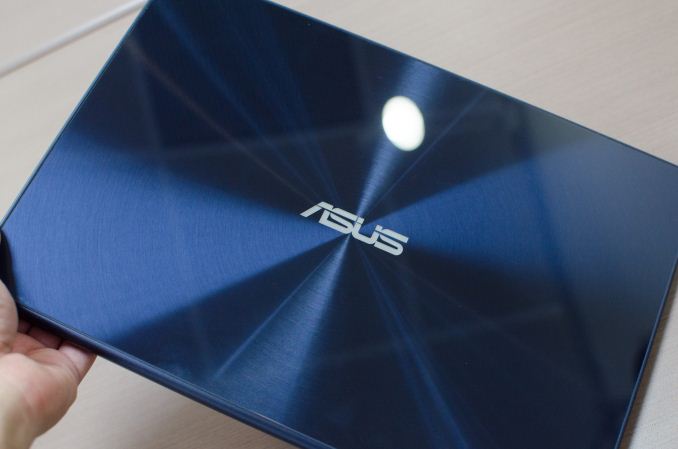
The Zenbook Infinity maintains ASUS' radial brushed finish, but thanks to the piece of Gorilla Glass 3 the feel is substantially improved. The combination of the metal and the glass cover results in an almost jewelry-like finish, which looks amazing in person. Photos really don't do this thing justice at all. I sincerely hope this marriage of Zenbook design and a glass finish is part of a new design direction for ASUS. If we had a best of show award, I'd totally give it to ASUS for the Zenbook Infinity.
Although it looked black at the press event, in person the Infinity actually has a blue finish to it. The keyboard and trackpad both felt great, as did the build quality of the prototype machine. The ASUS logo on the back uses the display's backlight for illumination.
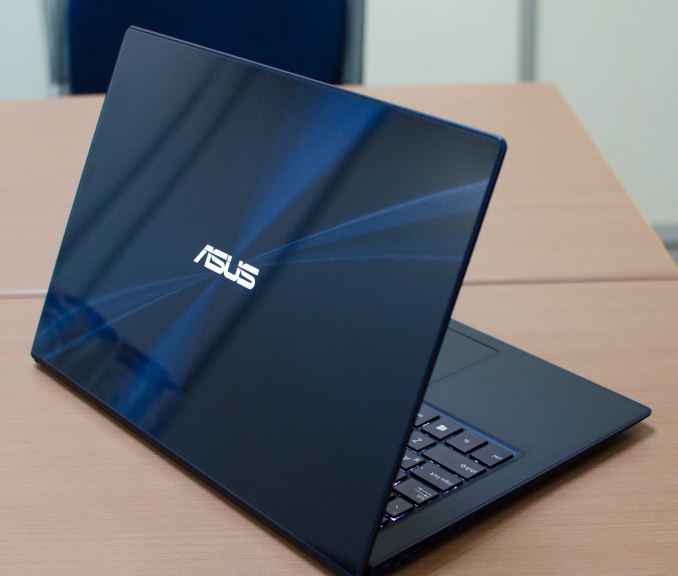
The ultra high resolution panel would normally be a mixed blessing on a Windows notebook thanks to horrible DPI scaling in Windows 8 desktop mode, but I'm actually wondering if that's a problem Microsoft will address with Windows 8.1 later this year. Given the way the PC ecosystem works, I can't imagine notebook vendors and Intel putting this much effort into driving high DPI displays without proper support from Microsoft. We'll find out for certain shortly here, but I'm getting a good feeling that the solution to this problem may be close.
Internally, the Zenbook Infinity is also pretty cool. Unlike all other Haswell Ultrabooks we've seen, the ZBI is home to a 28W Haswell ULT: the Core i7-4558U. The dual-core part features Intel's Iris 5100 graphics (GT3 without Crystalwell) as well as a higher base CPU clock frequency. The result should be a very interesting combination of power efficiency and GPU performance on tap. ASUS seems to always pick the right parts to integrate into its mobile devices, and the i7-4558U is definitely an interesting one.
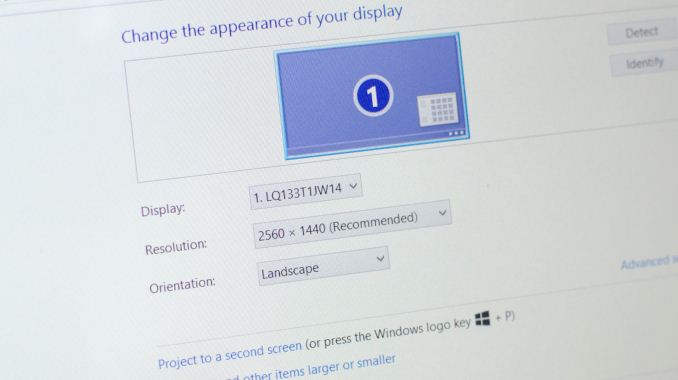
There's no word on when we can expect to see the Zenbook Infinity, but I'm getting the impression that many Haswell Ultrabooks are slated to arrive closer to the launch of Windows 8.1. Between the Zenbook Infinity and some of the other Haswell ULT designs I've played with at the show, I'm very excited about the state of Ultrabooks in the second half of the year.
Gallery: ASUS Zenbook Infinity: Hands On with the Most Beautiful Notebook at Computex





More...
-
06-06-13, 11:30 AM #3007
Anandtech: AMD's Richland vs. Intel's Haswell GPU on the Desktop: Radeon HD 8670D vs.
The run up to Computex has been insane. Kabini, Haswell and Iris hit us back to back to back, not to mention all of the travel before receiving those products to get briefed on everything. Needless to say, we're in major catchup mode. There's a lot more that I wanted to do with Haswell desktop that got cut out due to Iris, and much more I wanted to do with Iris that I had to scrap in order to fly out to Computex. I will be picking up where I left off later this month, but with WWDC, Samsung and a couple of NDA'd events later this month, it's not going to be as quick as I'd like.
One part that arrived while I was in the middle of launch central was AMD's Richland for desktop. Effectively a refresh of Trinity with slightly higher clocks, a software bundle and more sophisticated/aggressive turbo. Richland maintains socket compatibility with Trinity (FM2), so all you should need is a BIOS update to enable support for the chip. AMD sent over two Richland parts just before I left for Computex: the 100W flagship A10-6800K and the 65W A10-6700. I didn't have time to do Richland justice before I left, however I did make sure to test the 6800K in tandem with Haswell's GPU just so I had an idea of how things would stack up going forward as I was writing my Iris Pro conclusion.
For all intents and purposes, Iris Pro doesn't exist in the desktop space, making Haswell GT2 (HD 4600) the fastest socketed part with discrete graphics that Intel ships today. In our Haswell desktop review I didn't get a chance to really analyze HD 4600 performance, so I thought I'd take this opportunity to refresh the current state of desktop integrated processor graphics. Unlike the staggered CPU/GPU launch of Trinity on the desktop, the situation with Richland is purely a time limitation on my end. This was all I could put together before I left for Computex.
More...
-
06-06-13, 03:30 PM #3008
Anandtech: Apple Not Throttling iPhone or iPad Cellular Throughput via Carrier Bundle
Yesterday there were some allegations made about whether Apple is intentionally throttling cellular data throughput on iPhones and iPads via some files used for network provisioning. The original source post has since been deleted, so I am linking to the always-awesome Tmonews instead. The reality is that this is simply not the case. Apple doesn't limit cellular data throughput on its devices — there's both no incentive for them to do so, and any traffic management is better off done in the packet core of the respective network operator rather than on devices. Sideloading tweaked carrier bundles isn't going to magically increase throughput, either.
At a high level, some of this seemed plausible at first, as this wouldn't be the first time that a handset maker throttled devices via some on-device setting at bequest of a network operator. If you've been with us long enough you'll probably remember the case of the HTC Inspire 4G and Atrix 4G, two handsets which AT&T disabled HSUPA on, and later re-enabled with an update. Later there was the AT&T Nexus S which also had its HSDPA and HSUPA categories limited via build.prop.
Thankfully this is not the case currently with any iOS devices.
There's no arbitrary capping of UE Category (User Equipment speed category), throttling on-device, or anything else that would prevent the device from attaching and taking full advantage of whatever the network wants to handshake with. If you're going to read anything, just take that away with you, as the full explanation gets technical fast. If you're willing, however, let's walk through it.
First, what is an IPCC or "Carrier Bundle" in the context of iOS? In order to support a huge number of mobile networks, Apple builds these bundles which contain settings used to provision and optimize the device for a particular network in collaboration with the respective network operator. These then get distributed inside a particular iOS release, or asynchronously via iTunes or over the air if they need to make updates as necessary.
Inside an IPCC are a number of .plist and .pri files for defining things unique to each network. There are also PNG images for the operator logo at top left with appropriate tweaks to character kerning and appearance.
Inside the .plist and .pri files are settings which define relevant network parameters for both iOS and the baseband. This spans the gamut from parameters like APNs that the phone should use, short codes (USSD codes) for checking balance or data use, credentials for WiFi networks that the mobile network operator runs to do offloading, to MMS settings such as payload size, address, and recipients, or tethering and visual voicemail settings. They also do contain lower level things such as band priority, configuration for UE category, and other network access settings. This is also where the "4G" indicator and 3G toggle settings are changed (see the above "DataIndicatorOverride" line), if you remember that whole situation. That last one remains my only gripe I've ever had with Apple's carrier bundles.
Apple doesn't openly document what these settings all do, because it doesn't have to since they're only developed and maintained internally, however nearly all of it is immediately obvious if you know the lingo. The problem is that a few of these were misinterpreted, leading to the false conclusion that there's some throttling conspiracy at play here, when there really isn't.
I'm going to look at the ATT_US bundle since that's where the most attention is. First is the allegation that the iPhone 5 is being artificially capped to HSDPA Category 10 (16 QAM single carrier - 14.4 Mbps) on the downlink when in fact it is capable of Category 24 (64QAM dual carrier - 42 Mbps).
This is inside the carrier.pri file, but it actually applies only to the iPhone 4S, a device which has Qualcomm's MDM6600 inside and is only capable of up to Category 10 on the downlink in the first place. There's no amount of hacking that is going to enable 64QAM or a second carrier on MDM6600, there simply isn't the appropriate QAM decoder inside the baseband, nor transceiver wide enough to do dual carrier.
The appropriate setting for HSDPA category on the iPhone 5 is set in the appropriately named 'overrides_N41_N42.plist' which of course refers directly to iPhone 5 via N41 and N42 codename. Inside this file we find the expected HSDPA Category 24 (64QAM dual carrier - 42 mbps) setting. This is actually entirely moot however, as the UE doesn't decide what capabilities it attaches to the network with, it merely exposes them in a message sent to the network on attach, which then decides what to negotiate. In the case of AT&T in the USA, that's Category 10 basically everywhere. I've never ever seen HSDPA Category 14 (64QAM - 21.1 Mbps) ever on AT&T's network, though this is a continually debated subject with enthusiasts, I've been told repeatedly AT&T has no desire to go any further, and certainly none to deploy dual carrier. So your HSDPA Cat 24 handset attaches as Cat 10 on HSPA+ either way, but Apple sets it to the full capabilities of their handset.
There's also the band class preference and something which looks like a UARFCN being set. I suspect this is being used to seed the baseband's preferred frequency table so it can perform a network search in that band on network attach to speed up initial attach. Changing this won't affect the neighbor list which the baseband builds out to decide what to handover to, something many don't understand.
Down below it we a similar set of settings for LTE.
The two keys here with the word "throttle" in them refer purely to a retry interval throttle to prevent the phone from continually trying to reattach to an LTE network in the case of some error. The name alone seems to be the burden of proof here that this is "throttling," however it could just as easily be renamed "retry interval timeout" and serve the same function. There are similar "FAILURE_TIMER_5:720;" entries in the IPCC files for the rest of the operators which do exactly the same thing and set a retry timer for their appropriate networks. For example, Verizon has "DATA_TRTL_ENABLED" which is the equivalent setting for 3GPP2 networks. I'm not going to go through all of them since they do exactly the same thing and basically prevent your phone from wasting a ton of battery trying to retry endlessly when there's some network issue, or creating a stampede or overload from too many handsets retrying to connect pointlessly fast.
Likewise there's an LTE band preference set here which corresponds to Band 17 (700 MHz Lower B and C), the only band AT&T runs its LTE network at present. There's no AT&T LTE on Band 4 lit up until at earliest later this summer, but again if there were, it'd attach anyway but after a while longer. There's nothing sinister about setting a preference here.
Virtually all the major mobile network operators do traffic management, but it's done in the packet core away from the UE where anyone can play with it. Some do more than others, and it varies more often than not by market region and time of day like you'd expect, as network conditions change. That's the reality of things, but in almost all cases the operators want their networks to go fast and for their users to see the best speeds.
Again, there's no reason for Apple to want to arbitrarily limit their devices, and the reality is that they don't, at all, on any version of iPad or iPhone or in any of the carrier bundles they've distributed for network operators. If anything, Apple has long been one of the few handset vendors who initially understood the importance of limiting annoying operator customizations. The Carrier Bundles are quite literally the only place in the entire OS they have indirect access (through Apple) to toggles they can play with.
More...
-
06-06-13, 07:30 PM #3009
Anandtech: Intel Demonstrates Bay Trail-T Running Windows 8 and Android 4.2.2
Last month Intel took the covers off its next-generation Atom microarchitecture, codename Silvermont. The first consumer implementation of Silvermont will be Bay Trail, a quad-core SoC for tablets. At Computex, Intel demonstrated its own Bay Trail-T reference platform: a 10-inch 2560 x 1440 tablet, weighing 611 grams and about the thickness of a 3rd/4th generation iPad (Intel wouldn't provide specific measurements, but it felt close).

This reference design is a huge step for low end Windows 8 tablets as well as Intel. If Intel's reference design uses a 2560 x 1440 panel, it's safe to say that at least some of its customers will do the same. The fact that Intel is also showing the reference platform running the latest version of Android means that we'll finally see Intel go after the Android tablet market as well.
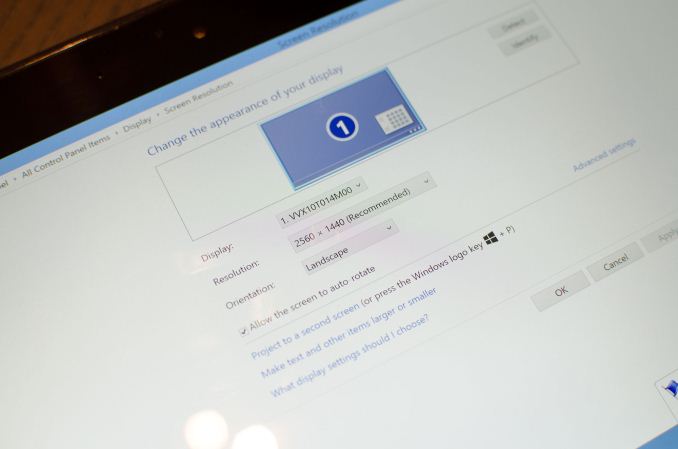
It's too early to talk about performance or battery life, but Intel promises that both will be very good.
Gallery: Intel Demonstrates Bay Trail-T Running Windows 8 and Android 4.2.2





More...
-
06-06-13, 07:30 PM #3010
Anandtech: ASUS 8-Series Haswell Motherboards: New UEFI Tour [video]
Earlier this week we watched JJ give us a thorough overview of ASUS' new 8-series motherboard lineup. In today's video, JJ takes us through ASUS' new 8-series UEFI setup and gives us some pointers along the way.
More...
Thread Information
Users Browsing this Thread
There are currently 44 users browsing this thread. (0 members and 44 guests)




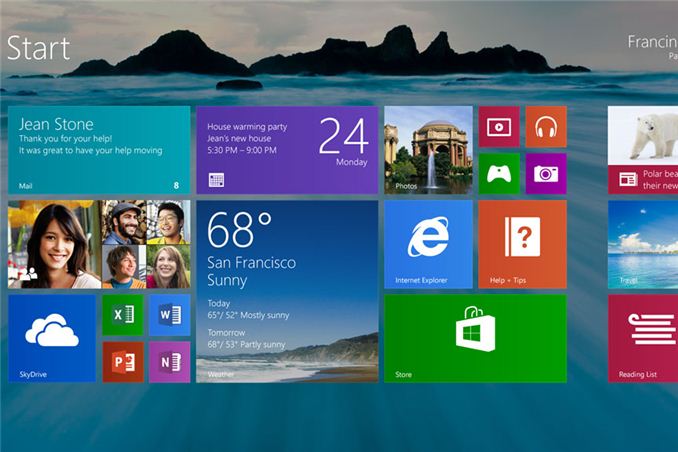

 Quote
Quote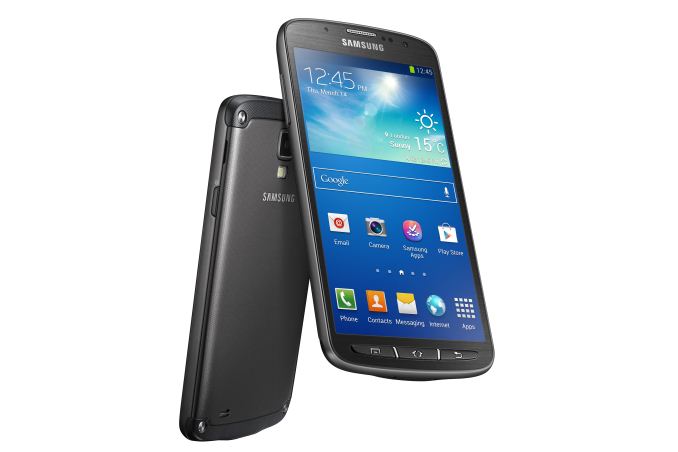
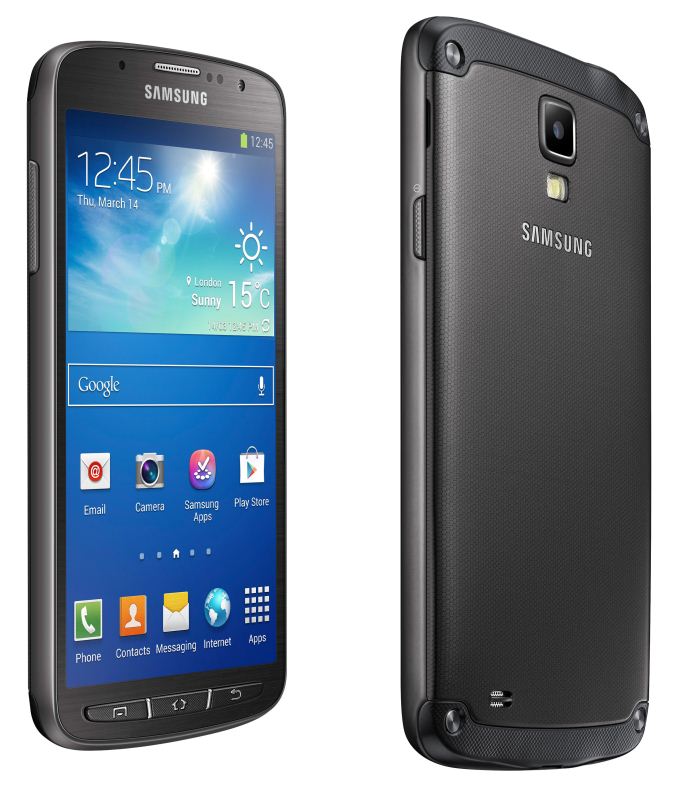

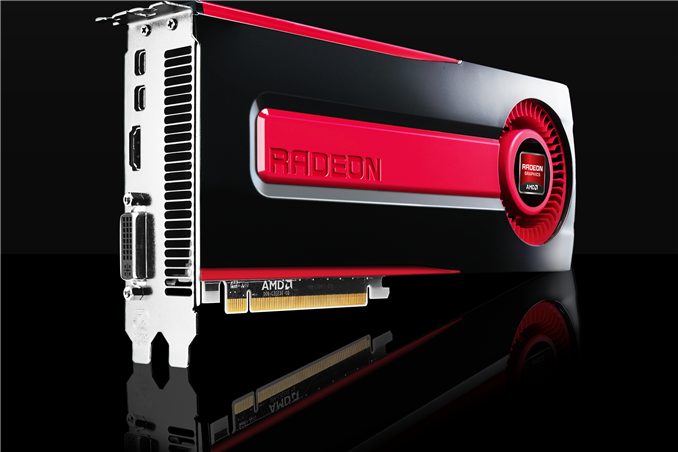
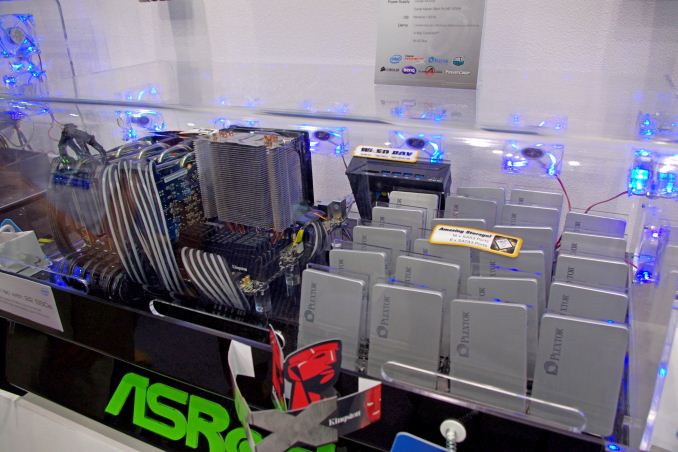






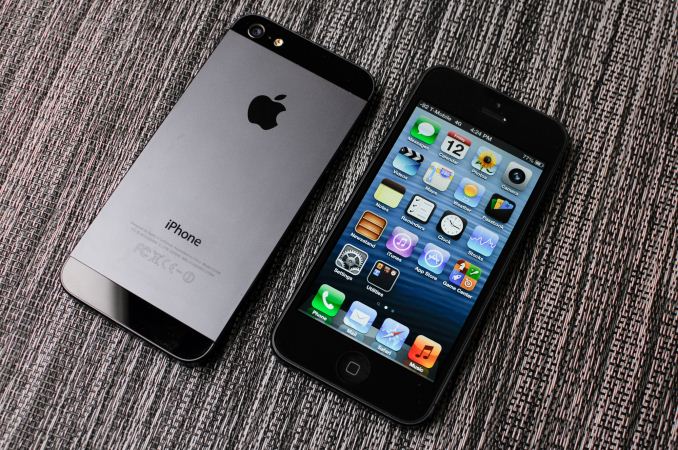
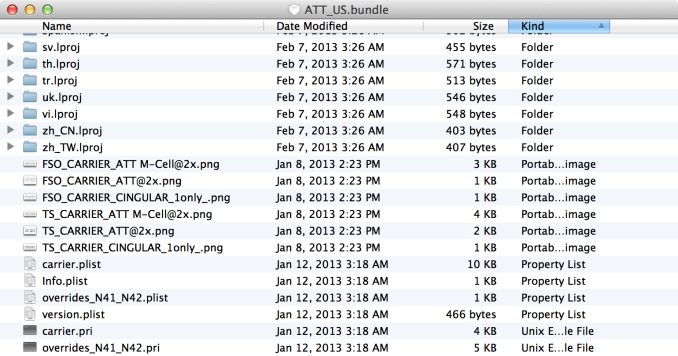
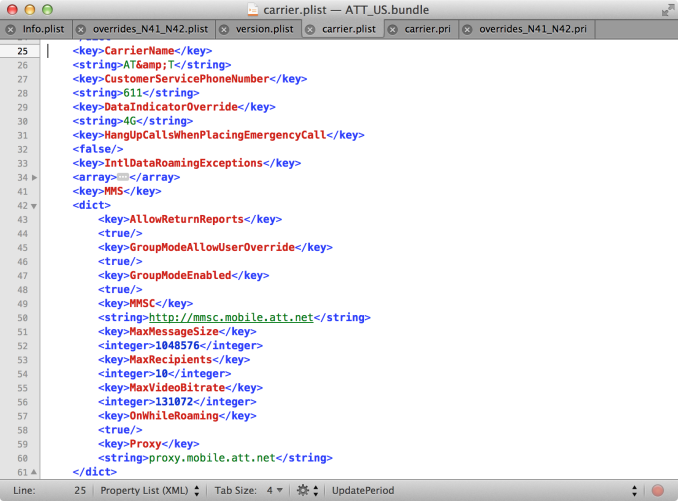

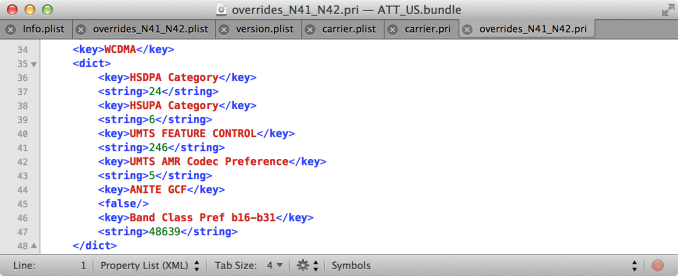
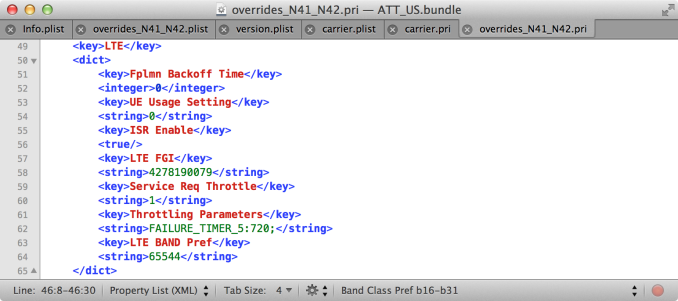
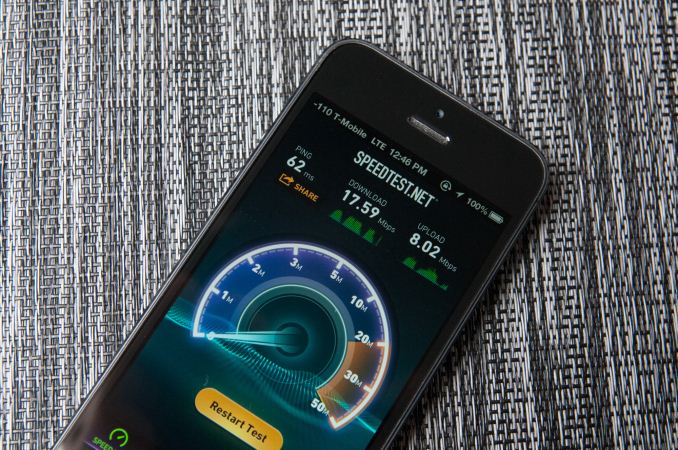
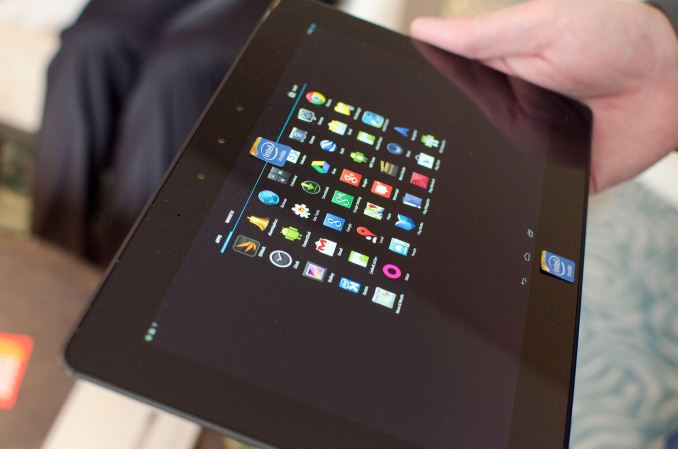
















Bookmarks